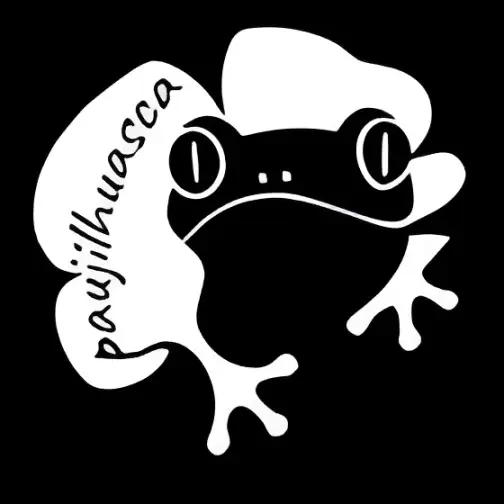Huachuma (San Pedro)
Huachuma is more commonly known as San Pedro in the Western world, or currently known as Echinopsis pachanoi in the scientific literature. It is also sometimes called ‘wachuma’ by Westerners. Huachuma is a tall (up to 20 ft), light green, night blooming, nearly spineless, columnar cactus native to the Andes Mountains. In its native habitat it grows at altitudes of 6,600 – 9,800 feet. This cactus is found in parts of Columbia, Ecuador, Peru, Bolivia, Chile, and Argentina, but is also cultivated in neighboring countries and many other parts of the world. It is considered the most ancient and revered plant teachers amongst the shamans of northern Peru.
The following alkaloids are generally found within E. pachanoi: Mescaline (25 or more mg per 100 grams of fresh cactus), 3,4-Dimethoxyphenethlamine, 3-Hydroxy-4,5-dimethoxyphenethylamine, 3-Methoxytyramine, 4-Hydroxy-3,5dimethoxyphenethtlamine, Anhalonidine, Hordenine, and Tyramine. The concentration of these alkaloids can vary widely for each plant.
“Huachuma contains mescaline, which is a phenethylamine and is chemically related to MDMA [ecstasy], while LSD, DMT [the main compound in ayahuasca] and psilocybin [the main compound in mushrooms] are in the tryptamine family.” mescaline is unique among the major hallucinogens in that it is a phenethylamine.”
San Pedro has a rich history of sacred shamanic use. It has been used to treat various ailments such as cancer, diabetes, hepatitis, fever, paralysis, problems with joints, high blood pressure, cardiac diseases, burning kidneys, and bladder to name a few. San Pedro is also a powerful antimicrobial that inhibits 18 or more penicillin-resistant bacteria.
These scared cacti like other indigenous entheogens are miracle plants. San Pedro has also been noted to cure drug addiction and alcoholism.
